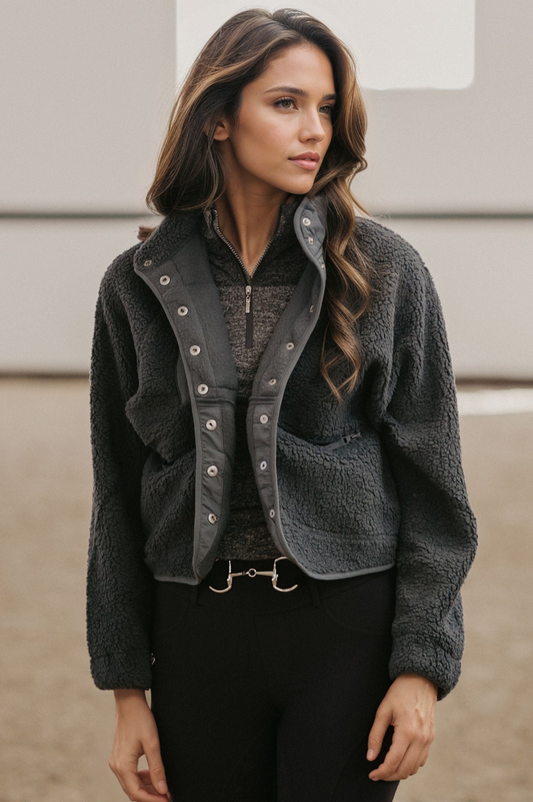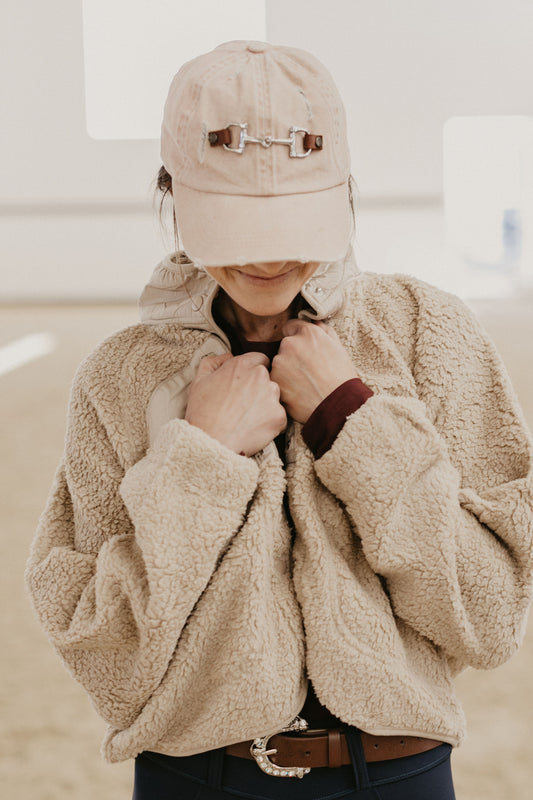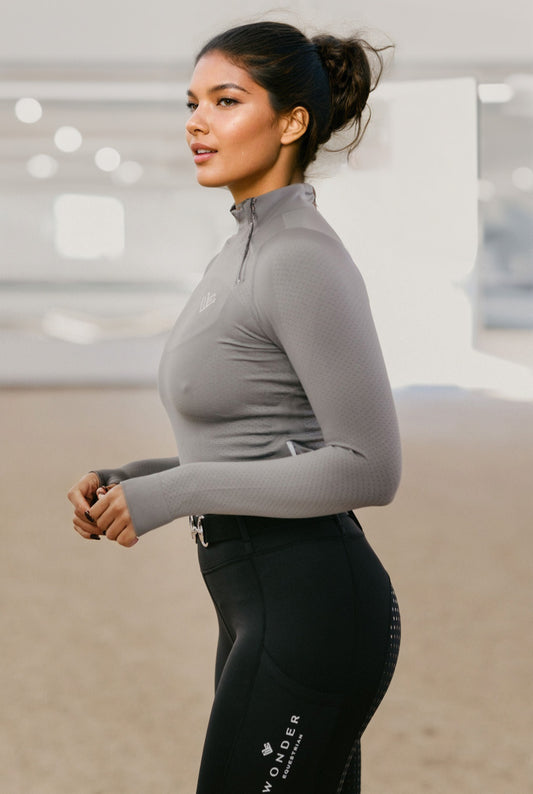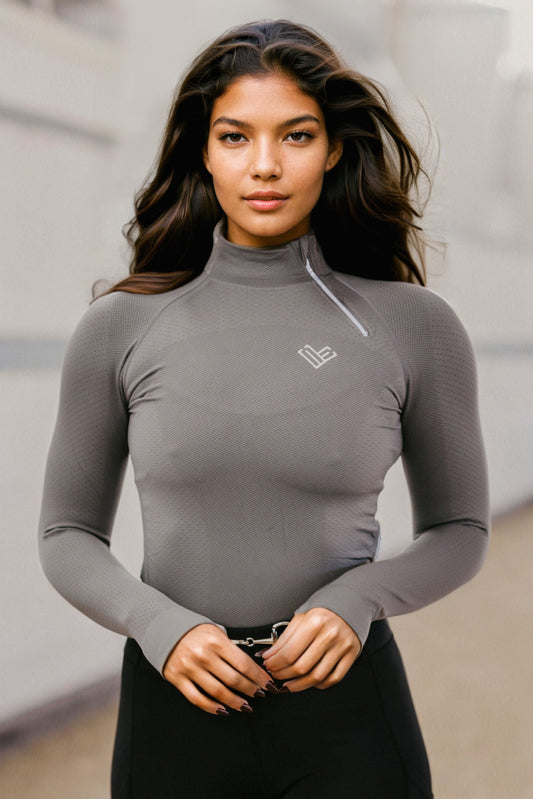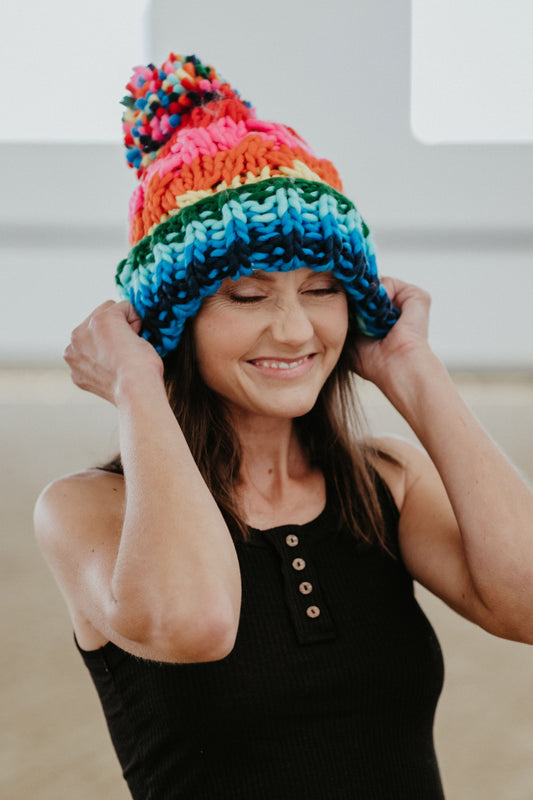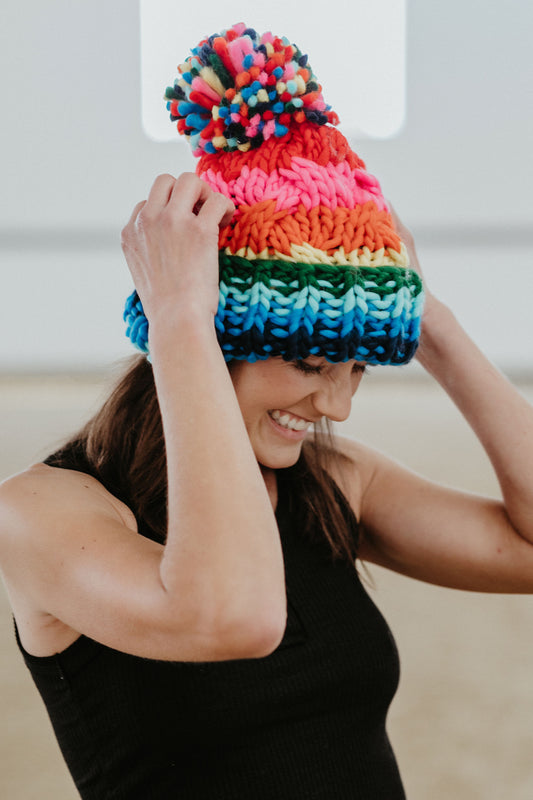The Timeless Elegance of Classic Hunt Coats: A Historical Overview
The classic hunt coat, with its roots deeply embedded in the rich soil of tradition, elegance, and functionality, has evolved over the centuries to become a symbol of sartorial elegance in the equestrian world. This article takes you through the journey of the hunt coat, tracing its origins, evolution, and the unwavering charm that makes it a cherished garment in the equestrian wardrobe.
The Origins of the Hunt Coat
The story of the hunt coat begins in the 18th century, with the earliest versions designed for the practical purpose of fox hunting in England. Initially, these coats were made from heavy wool fabrics to protect riders from the elements, and featured colors that blended with the outdoor environment, primarily greens and browns. It wasn't until the 19th century that the now-iconic red coats, or pinks, named after tailor Thomas Pink, emerged among fox hunters of the highest prestige, signifying a distinct social status.
Evolution and Design
As the decades passed, the design of the hunt coat saw significant refinement and adaptation. The 20th century, in particular, marked a period of sartorial evolution that led to the streamlined, elegant coats we recognize today. Key to this evolution was the introduction of new materials, including lighter wools and eventually synthetic blends, which offered riders both comfort and durability. Tailoring became more sophisticated, with an emphasis on fit and mobility, featuring a cut that allowed for the freedom of movement essential in equestrian sports. The coats retained their distinctive features, such as the three or four-button front, deep back vents, and flap pockets, all designed to combine functionality with a polished look.
Colors and Variations
While the classic pink remains a symbol of fox hunting tradition, hunt coats today come in a variety of colors suitable for different disciplines and preferences. Black, navy, and green have become popular choices, not only for hunting but also for show jumping and dressage, reflecting the versatility and universal appeal of the hunt coat style. The introduction of subtle patterns, such as herringbone and pinstripes, has further diversified the aesthetic options available to riders, allowing for personal expression while adhering to the traditional codes.
The Legacy of the Hunt Coat
The enduring appeal of the classic hunt coat lies in its blend of form, function, and tradition. It is a garment that has transcended its original purpose, becoming a staple of equestrian fashion that commands respect and admiration. The hunt coat embodies a heritage of craftsmanship and style, a testament to the timeless elegance that defines the equestrian aesthetic. As it continues to evolve, adapting to modern fabrics and fashions, the classic hunt coat remains a symbol of the enduring connection between rider and horse, a piece of history carried forward into the future.
In conclusion, the classic hunt coat is more than just an article of clothing; it is a storied garment rich in history and tradition, offering a window into the evolution of equestrian fashion. As we look back on its journey through the centuries, the hunt coat stands as a monument to the elegance, resilience, and shared values of the equestrian community, a truly timeless emblem of the bond between human and horse.
Shop Wonder Equestrian



